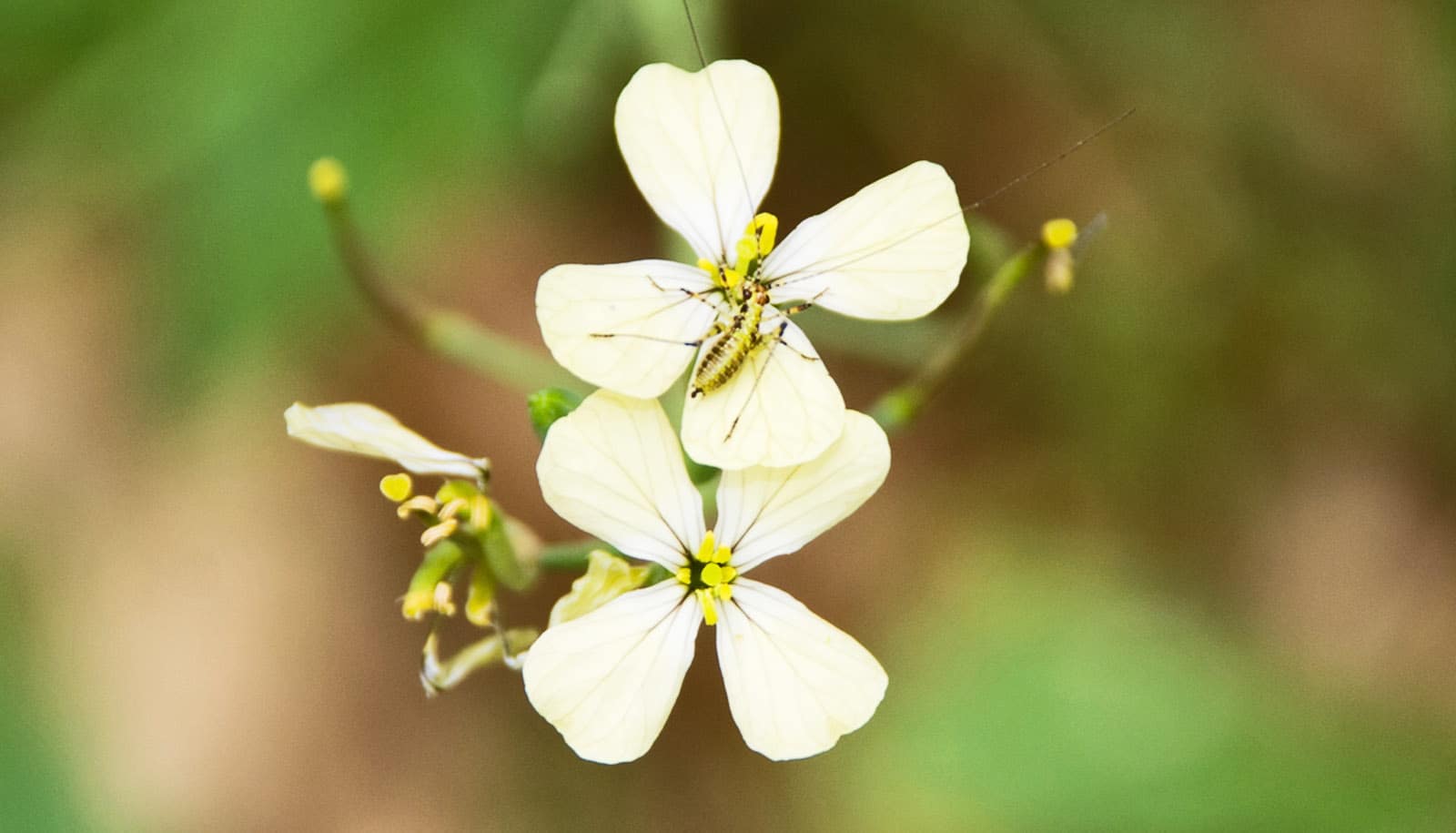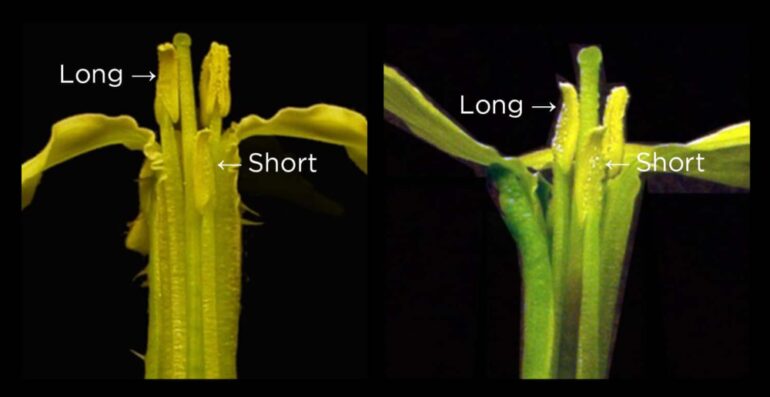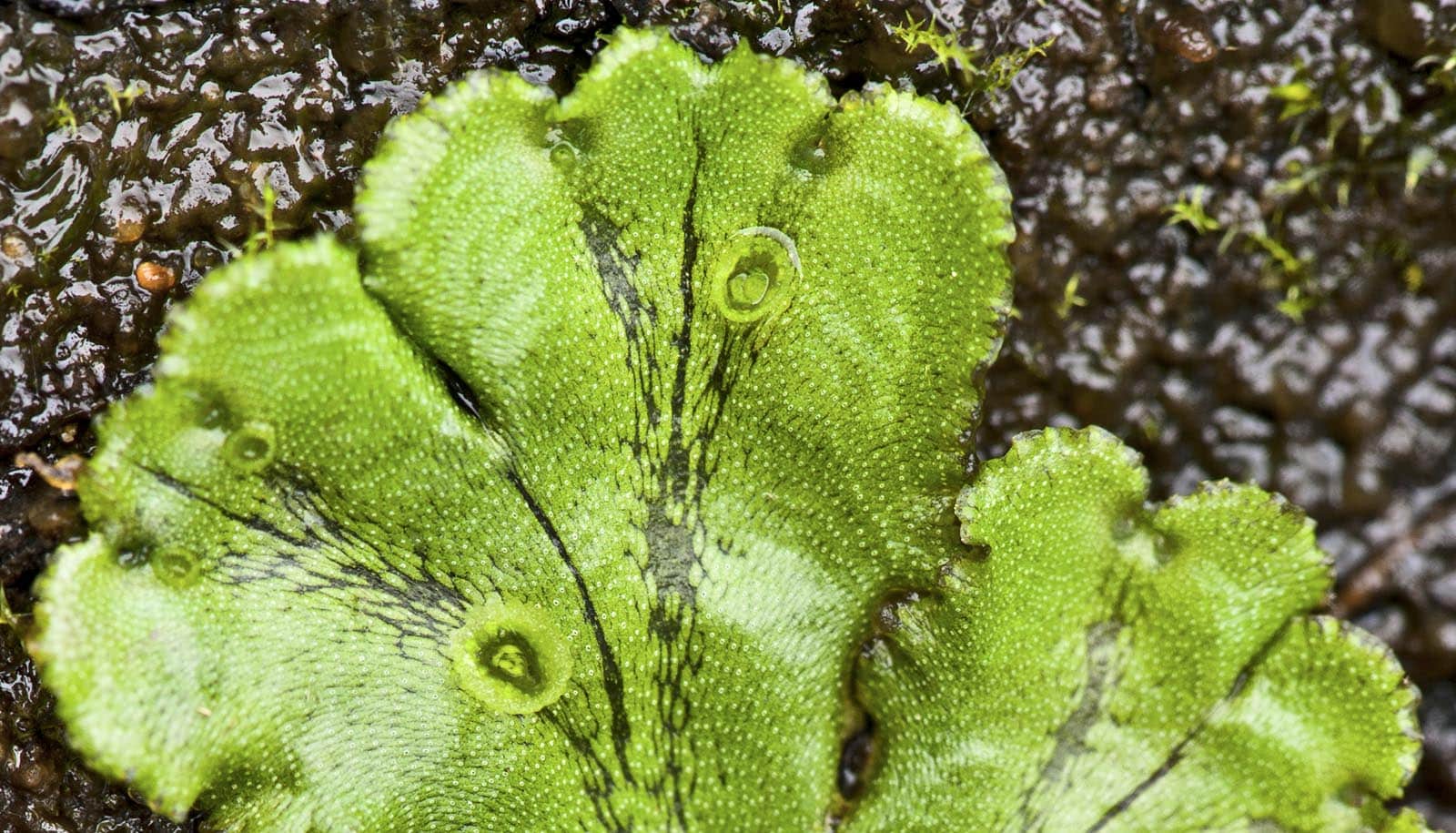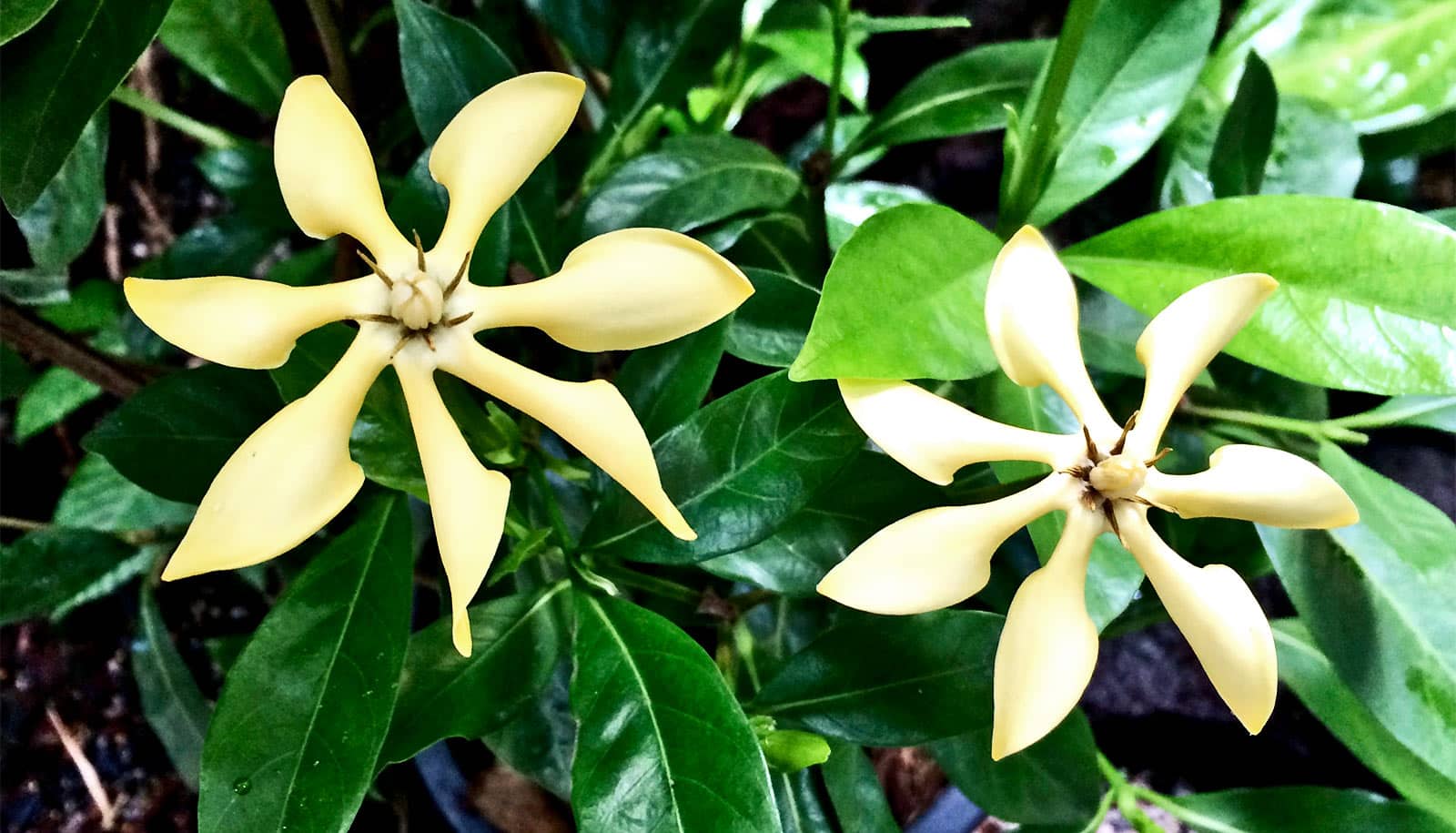
The team reduced the stamen length difference of wild radish plants (above) by more than 30% during its experiments. (Credit: Getty Images )
Natural selection may pump the brakes on evolution
Natural selection is usually understood in the context of change, but new findings suggest that natural selection also has the power to keep things the same.
A new finding shows that natural selection could lead to similarities as well as differences.
Natural selection is usually understood in the context of change. When organisms deviate from the norm, they may gain advantages that let their lineages outlast those of their less-adaptable relatives. But the new research suggests that natural selection also has the power to keep things the same.
“We always talk about the vast diversity of life and we should. It’s incredible. Natural selection has given us a lot of that, probably most of that diversity,” says Jeff Conner, a professor with Michigan State University’s College of Natural Science and the W.K. Kellogg Biological Station, or KBS. “But natural selection can also cause similarities.”

Conner and his team have published a new report in the journal New Phytologist that expands science’s understanding of natural selection in the face of another evolutionary mechanism called genetic constraint.
The idea behind constraint is that, as species evolve, they can lose genetic flexibility in certain areas. This drives specific traits to stabilize and persist through generations.
Roughly speaking, then, it’s tempting to think of natural selection as the accelerator of evolution, driving different or divergent traits and constraint as the brakes, maintaining or conserving similarities.
“Our work flips the script on that a little bit,” Conner says. “We’re suggesting that selection can also slow things down, that it can cause similarities as well as differences.”
During the peer-review process, the work was described as a fascinating project that challenged long-standing assumptions.
This new paper builds on another report from Conner’s group from earlier this year, led by graduate student Robin Waterman. That work was published in the journal Evolution and first hinted that selection could be responsible for conserving traits.
But the researchers still needed to rule out contributions from constraint, which they’ve done in the New Phytologist report.
In both studies, the researchers relied on wild radish as a model organism, but the plant is also a highly damaging weed in agriculture, especially in wheat fields in Australia and the southeastern United States.
In both publications, the researchers studied a defining feature of wild radish, which is the length of its stamens, or pollen-producing parts. Two of its six stamens are short and four are long.
This trait or feature is also shared widely across wild radish’s nearly 4,000 relatives in the mustard family. That includes Arabidopsis thaliana , another important model organism; garlic mustard, an invasive species in the United States; and many crops such as kale, cauliflower, and Brussels sprouts.
So, although the researchers were focused on fundamental biology in these two reports, their work also could inspire future studies to benefit scientists and farmers across the globe.
To evaluate the influence of selection and constraint on this family’s distinctive stamen trait, the team turned to what’s called artificial selection. That is, they selectively bred wild radishes whose stamens were closer to the same length to try and change that characteristic.
“Perhaps the best method to test for short-term constraints is artificial selection because if a trait responds to artificial selection, it clearly can evolve,” the team writes. “But if the trait does not respond, there is a constraint caused by a lack of genetic variation.”
The trait responded—and it did so very quickly. The team reduced the stamen length difference by more than 30% during its experiments.
“This family of plants has maintained this four-long, two-short trait over 50 million years and we can get rid of a third of the difference in five generations, which would be five years,” Conner says. “My guess is if we kept going, we would get back to six stamens of equal length.”
The ancestors of this family had stamens of equal length and a few species within the family have reverted to equal lengths over the intervening time. But wild radish and the majority of its relatives have evolved—and kept—the four-long, two-short motif likely thanks to natural selection.
Researchers believe the stamen of different lengths gives the species an advantage when it comes to how pollinators interact with the plant, but they aren’t sure exactly what that advantage is. Waterman and Conner have designed experiments to look into that.
So wild radish still holds some mysteries, but it’s provided a potent reminder of the power of natural selection.
“Natural selection is very important,” Conner says. “A lot of things people have thought selection couldn’t do, we’re learning selection can do.”
This work had support from the National Science Foundation. The research team also included members from Washington State University; Lanzhou University in China; the Napa County Resource Conservation District; Shippensburg University; Auburn University at Montgomery; and Reed College.
Source: Matt Davenport for Michigan State University
The post Natural selection may pump the brakes on evolution appeared first on Futurity .
Share this article:
This article uses material from the Futurity article, and is licenced under a CC BY-SA 4.0 International License. Images, videos and audio are available under their respective licenses.
Related Articles:
To invade land, plants had to fend off fungus
May 20, 2022 • futurityGardenias show how plants became great chemists
June 25, 2020 • futurityLinks/images:
- https://www.futurity.org/penguins-natural-seelctin-evolution-1257462-2/
- https://dx.doi.org/10.1111/nph.19125
- https://doi.org/10.1093/evolut/qpac001
- https://www.futurity.org/kale-brassica-family-tree-genes-2100912-2/
- https://msutoday.msu.edu/news/2023/natural-selection-could-slow-evolution
- https://www.futurity.org/genetic-restraint-natural-selection-2967492-2/
- https://www.futurity.org


